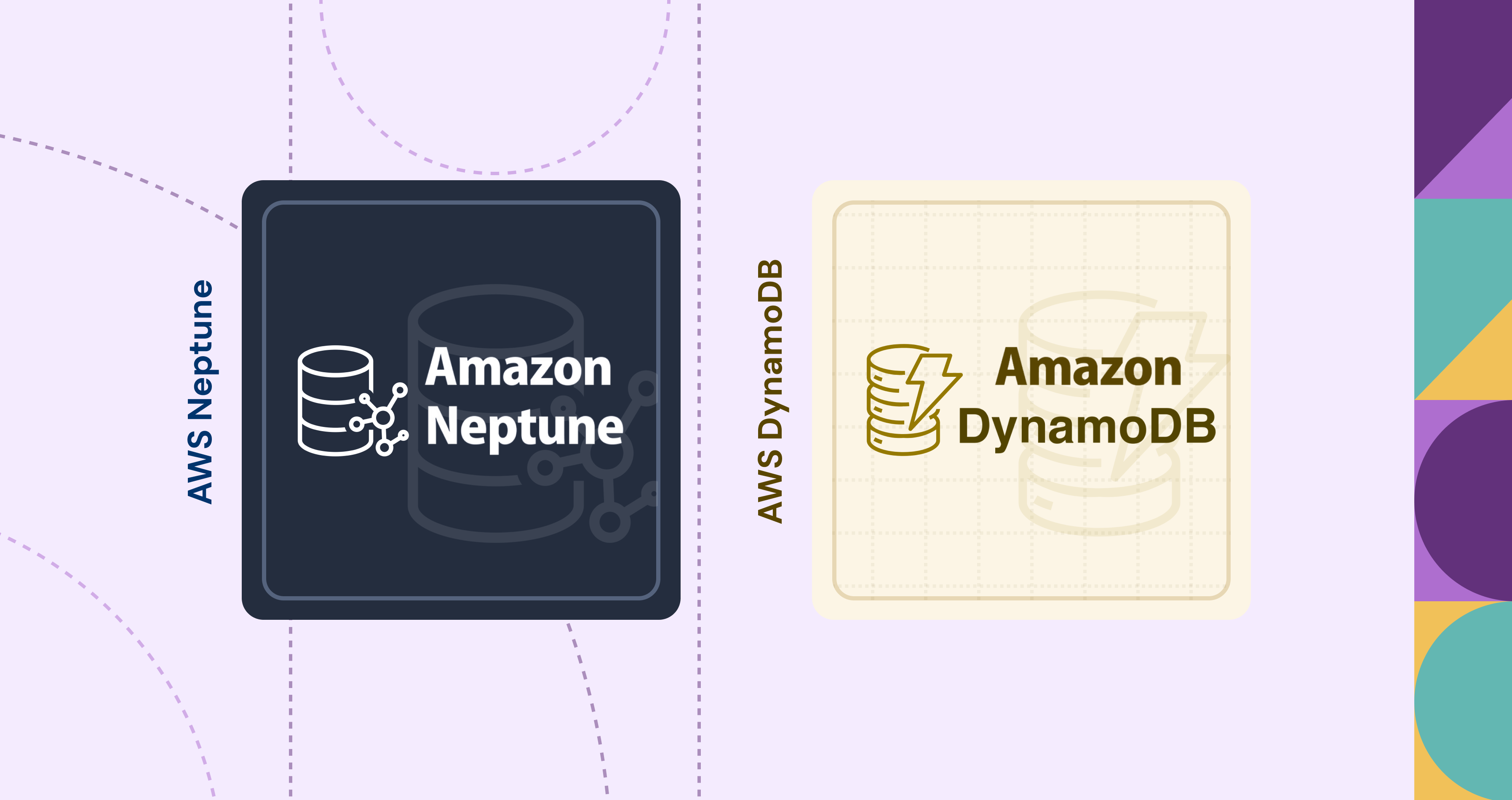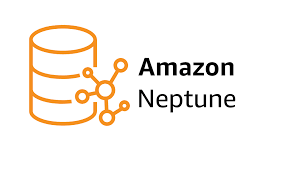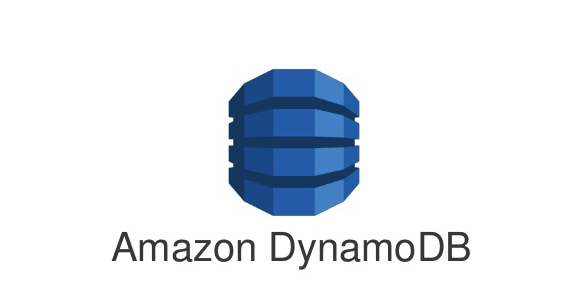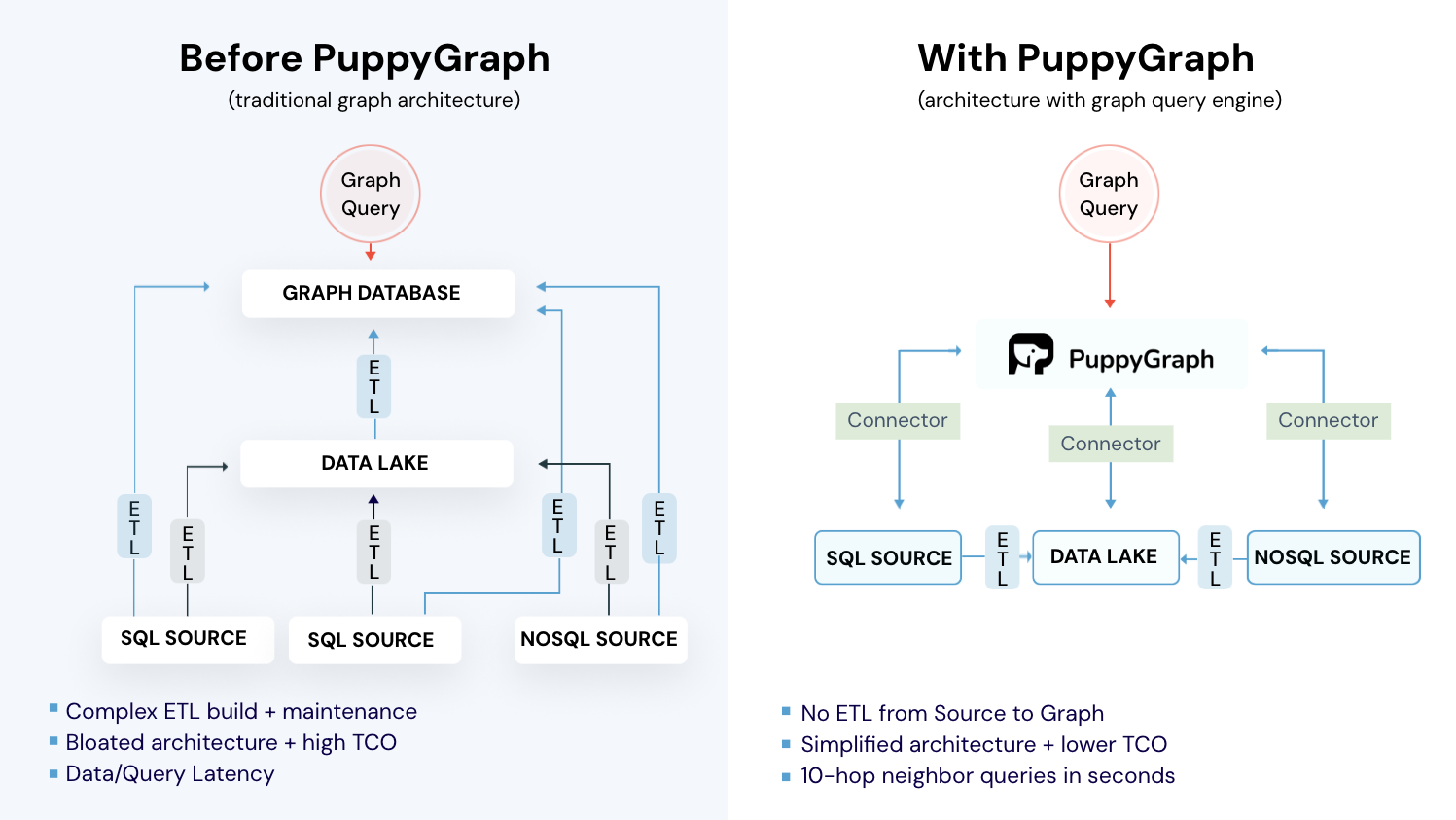AWS Neptune vs DynamoDB: Database Comparison Guide

Choosing the right database is one of the most consequential decisions in application architecture. The wrong choice can lead to performance bottlenecks, escalating costs, and technical debt that compounds over time. AWS (Amazon Web Services) offers multiple database services, each optimized for specific workloads and data models. This guide compares two popular AWS managed services side by side: Amazon Neptune (a graph database) and Amazon DynamoDB (a NoSQL key-value/document database).
While both are managed AWS services that remove operational overhead and many database management tasks, their architectural differences run deep. Neptune stores data as vertices and edges, providing a natural representation of relationships. DynamoDB organizes data in tables with primary keys, prioritizing speed and simplicity for direct lookups. Neptune supports specialized graph query languages like Gremlin, openCypher and SPARQL. DynamoDB uses PartiQL and simple API operations focused on single-item or small-batch retrievals.
These distinctions matter. A graph database won't deliver the throughput DynamoDB offers for simple lookups, and a NoSQL database will struggle with multi-hop relationship queries that Neptune handles efficiently. This guide breaks down the architecture, features, performance characteristics, and use cases for both services, helping you determine which database fits your application's requirements, and when alternatives like PuppyGraph might work better.
What is Amazon Neptune?

Amazon Neptune is a fully managed graph database service designed for highly connected datasets. Like any other graph database, relationships between entities are as important as the entities themselves. Unlike traditional relational databases, which require multiple joins to traverse relationships, Neptune stores relationships as first-class citizens, enabling efficient navigation through billions of connections in real time.
Neptune's architecture separates compute from storage. A cluster consists of a single writer instance and up to 15 read replicas, all connected to a shared storage volume that spans three Availability Zones. This design provides high durability with six copies of data maintained automatically. Storage scales automatically in 10-GB increments up to 128 TiB for the cluster volume, which removes the need for manual capacity planning. If the writer instance fails, Neptune automatically promotes a replica to primary, typically completing failover in under a minute.
The service supports two distinct graph models. The property graph model represents data as nodes and edges, where both can store arbitrary key-value properties. RDF (Resource Description Framework) defines data as subject-predicate-object triples, commonly used in semantic web applications and ontologies. This dual-model support allows Neptune to serve both modern graph applications and traditional knowledge management systems within a single managed service. Neptune supports Gremlin and openCypher for property-graph queries and SPARQL for RDF, giving users flexible options for working with different types of graph data.
Key Features
Here are some of the key features that you'll want to be aware of when considering Neptune:
What is DynamoDB?

Like Neptune, DynamoDB is a fully managed database service designed to deliver consistent, single-digit millisecond performance at any scale. Unlike relational databases that organize data in fixed tables with rows and foreign keys, DynamoDB stores items as flexible collections of attributes in a map-like structure. This design allows each item to have a unique set of attributes, offering a more adaptable and schema-less way to model data.
DynamoDB's architecture distributes data automatically across multiple servers and storage nodes. Each item in a table is identified by a primary key, which can be either a simple partition key or a composite key comprising both a partition and a sort key. The partition key determines the physical partition where data resides, and DynamoDB spreads data across partitions to balance load. This design supports horizontal scaling by adding more partitions behind the scenes, without manual sharding or rebalancing (yay, managed services!).
The service offers two capacity modes. On-demand mode automatically scales throughput up or down based on actual traffic, charging per request. Provisioned mode allows specifying read and write capacity units in advance, offering cost savings for predictable workloads but requiring capacity planning. For applications with spiky or unpredictable traffic patterns, on-demand mode simplifies operations by eliminating the need to forecast capacity, though it incurs a higher per-request cost.
Key Features
Digging deeper into the notable features of DynamoDB, here are the ones to be aware of and their benefits:
Amazon Neptune vs DynamoDB: Feature Comparison
Although we already went over the key features above, it makes sense to compare these two AWS databases side-by-side to make the comparison easier. Below are the major features and factors, and how they compare across both database offerings:
When to Choose Amazon Neptune vs DynamoDB
Choose Amazon Neptune when your data is highly connected and your queries involve relationships, patterns, or paths—such as in fraud detection, knowledge graphs, cybersecurity, or recommendation systems. Neptune’s support for Gremlin, openCypher, and SPARQL lets you model and traverse relationships naturally. It’s ideal for workloads where understanding how entities connect matters more than raw read or write throughput.
Choose Amazon DynamoDB when you need ultra-fast, consistent key-value access at scale. DynamoDB excels in workloads like session management, real-time analytics, IoT telemetry, or shopping carts, where each request targets specific items and relationships are less important. Its serverless, fully managed architecture delivers predictable low latency and effortless scaling across massive datasets.
In essence, Neptune is optimized for relationship-rich graph workloads, while DynamoDB is optimized for high-throughput key-value access.
Which One is Right for You?
The right choice depends on how your application uses and relates data.
If your workload centers on individual items or key–value access patterns, DynamoDB is the stronger fit. It delivers predictable single-digit millisecond latency, handles millions of requests per second, and scales automatically without manual tuning. Applications like real-time gaming, IoT event ingestion, user sessions, or shopping carts benefit from DynamoDB’s low-latency reads and writes, as these use cases rely on fast item lookups rather than complex joins or traversals.
If your workload involves relationships between entities, Neptune is built for that. It excels when data is deeply connected—such as in fraud detection, network topology, recommendations, or cybersecurity analysis—where queries often require following multiple hops or analyzing graph structures. Its support for Gremlin, openCypher, and SPARQL lets teams model data as graphs and query relationships directly, avoiding the complexity of managing joins or multiple tables in relational or NoSQL systems.
From a scalability and consistency standpoint, DynamoDB scales horizontally for both reads and writes, maintaining consistent low latency across partitions. Neptune, by design, scales reads through replicas while writes are handled by a single primary. This makes DynamoDB ideal for sustained high-throughput workloads, whereas Neptune suits read-intensive graph analytics or mixed query environments.
When it comes to operations and ecosystem, DynamoDB integrates seamlessly with AWS Lambda, API Gateway, and Kinesis for event-driven architectures. Neptune connects more naturally to analytics and AI services like SageMaker and Neptune ML, enabling in-graph algorithms and embeddings. If you need fast operational workloads with minimal management, DynamoDB keeps things simple. If you’re exploring data relationships or running analytical traversals, Neptune offers richer graph semantics.
In short: if you need speed and simplicity for key-value or document-style data, go with DynamoDB. If your application depends on connections and context, Neptune is the better fit.
Why Consider PuppyGraph as an Alternative
If you’re looking to run graph analytics atop your datasets, Neptune and DynamoDB have their own sets of problems.
Amazon Neptune is a purpose-built graph database. To use it, you load or stream data into Neptune’s graph storage, then query with Gremlin, openCypher, or SPARQL. That means creating and maintaining a separate copy of data with complex ETL pipelines before you can analyze relationships at scale.
Amazon DynamoDB is a key-value and document database. It’s not a native graph store, so you must model relationships yourself, often with adjacency lists or materialized graph patterns. Multi-hop analysis then becomes application logic, not a database-level capability, and JOIN-style traversals aren’t supported.
PuppyGraph is a graph query engine that queries existing relational data sources as a unified graph without ETL or data duplication. This lets you avoid the hassle of dedicated graph databases, so you can work with your relation database or data lake as before while running graph analytics on it.

It connects directly to PostgreSQL, Apache Iceberg, Delta Lake, Databricks, Snowflake, AWS Redshift, BigQuery, and more, then builds a virtual graph layer over them. Graph models are defined through simple JSON schema files, making it easy to update, version, or switch graph views without touching the underlying data.


PuppyGraph handles petabyte-scale workloads and delivers multi-hop queries at insane speeds while supporting both Gremlin and openCypher. With no separate storage layer and usage-based pricing, it removes the cost and operational burden of ETL pipelines. Trusted by Coinbase, AMD, and Netskope for fraud detection, cybersecurity, and GraphRAG use cases.
Conclusion
Amazon Neptune and DynamoDB represent two distinct approaches to data management within the AWS ecosystem. Neptune provides a fully managed graph database optimized for relationship-centric workloads, supporting multiple graph query languages and scaling read capacity horizontally. DynamoDB delivers a fully managed NoSQL database focused on consistent, single-digit millisecond performance for key-value and document workloads at virtually unlimited scale.
The choice between them depends on your data's structure and your application's query patterns. Neptune fits naturally when relationships are central to your domain and queries involve multi-hop traversals, pattern matching, or graph algorithms. DynamoDB works best when data consists of independent entities accessed primarily by unique keys, with requirements for high throughput, low latency, and global replication.
For teams that want to explore graph capabilities without moving or duplicating data, PuppyGraph offers another path. It can query existing relational and lakehouse systems directly as a graph layer, letting you analyze connected data without managing a separate database.
Try the forever-free Developer Edition or book a free demo to discuss your specific use case with PuppyGraph's graph experts.
Get started with PuppyGraph!
Developer Edition
- Forever free
- Single noded
- Designed for proving your ideas
- Available via Docker install
Enterprise Edition
- 30-day free trial with full features
- Everything in developer edition & enterprise features
- Designed for production
- Available via AWS AMI & Docker install






